Copper extraction is the process of separating and purifying copper from the
gangue minerals in copper ore. Copper ore can be classified into sulfide copper
ore and oxide copper ore based on the degree of oxidation and ore grade.
Depending on the type of copper ore, two different extraction methods can be
employed: pyrometallurgy and hydrometallurgy.
This article provides a step-by-step guide to copper extraction using both of
these methods.
Use the table of contents below to navigate through the guide:
01Copper Sulfide Ore Extraction Step-by-Step Guide
1. Crushing and Grinding
Depending on the required reduction ratio, the crushing stage can be
configured in two or three stages. A jaw crusher is used for primary crushing to
reduce the raw ore to 100–200 mm. A cone crusher or hammer crusher is then used
for secondary crushing.
The crushed copper ore is screened, and the undersized material is sent to a
ball mill for grinding, while oversized material is returned to the secondary or
tertiary crushing stage. The ball mill typically grinds the ore to a discharge
particle size of 0.074 mm (200 mesh) to ensure full dissociation of the copper
minerals.
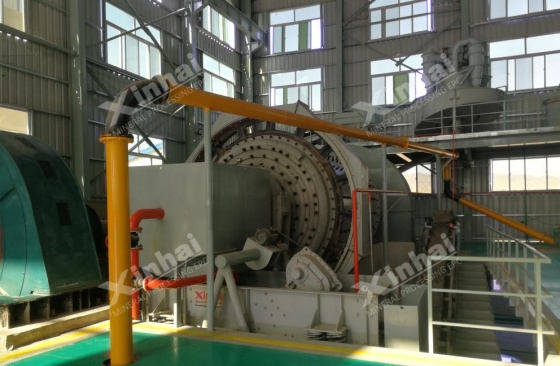
2. Flotation Enrichment
Flotation reagents: For the flotation of copper sulfide ores, xanthate is
typically used as a collector, pine oil as a frother, and lime as a pH regulator
to adjust the slurry to a pH of 9–11. An efficient agitation tank is used to
fully mix the ore, reagents, and air, facilitating the subsequent froth
flotation process.
Flotation process: A roughing–cleaning–scavenging flotation process is
adopted. During roughing, a rough concentrate with a copper grade of 5–15% is
obtained. After multiple cleaning stages, a final copper concentrate with a
grade of 20–30% is produced. The flotation tailings are thickened using a
high-rate thickener and then either stored or used for backfilling.
3. Smelting
Dry copper concentrate and oxygen-enriched air are injected into the reaction
tower for oxidation smelting, producing matte copper. The matte undergoes two
stages of converting (blowing) to yield blister copper.
4. Refining
An anode furnace is used for fire refining to cast anode plates. These anode
plates, together with stainless steel cathode plates, are immersed in a copper
sulfate electrolyte and undergo electrorefining in electrolytic cells. This
process yields cathode copper and anode slime containing Au, Ag, and Pt, which
are further refined for precious metal recovery.
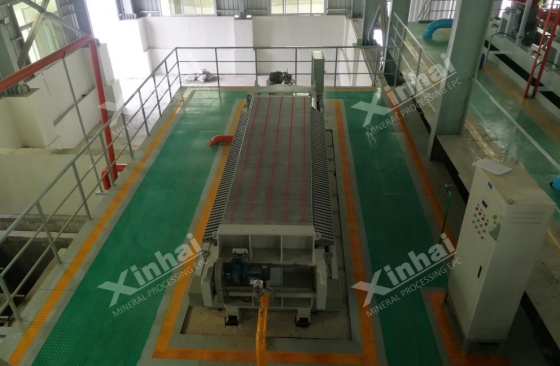
02Copper Oxide Ore Extraction Step-by-Step Guide
Copper oxide ores and refractory composite ores are usually extracted using
hydrometallurgical methods, which typically involve the following steps:
1. Heap Leaching / Tank Leaching
Low-grade ore is pretreated by heap leaching, during which dilute sulfuric
acid is sprayed over the ore heap. The heap leaching cycle is relatively long,
typically lasting 30 to 180 days. High-grade copper oxide ore is crushed to less
than 5 mm and then leached with sulfuric acid in a stirred tank at a reaction
temperature of 50–80°C for 4 to 12 hours.
2. Leachate Enrichment
The leachate obtained from heap or tank leaching is separated using a
thickener or filter to produce a copper-containing solution.
3. Solvent Extraction (SX)
The leachate is first mixed with an organic phase and then stripped with
concentrated sulfuric acid to obtain a copper-rich electrolyte.
4. Electrowinning (EW)
In the electrolytic cell, lead-calcium alloy anodes and stainless steel
cathodes are immersed in the copper-rich electrolyte.
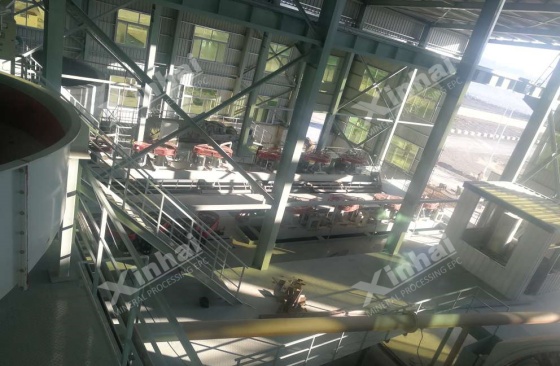
03Comparison of Two Copper Extraction Methods
The product purity achieved by both the sulfide copper ore extraction method
and the oxide copper ore extraction method can reach 99.99%. Sulfide ores with a
copper grade greater than 0.5% are typically treated by pyrometallurgy, while
oxide ores or low-grade ores with a copper grade less than 0.5% are processed
using hydrometallurgy.
Pyrometallurgy involves relatively high investment costs and energy
consumption, and the SO₂ released must be treated before discharge. In contrast,
hydrometallurgy has lower costs and energy consumption, generates no gas
emissions, and produces wastewater that is easier to manage.
The above content introduces the extraction steps for the two types of copper
ores. In actual production, the extraction method should be determined based on
the results of ore dressing tests to ensure optimal utilization of mineral
resources and avoid waste. If you have any copper extraction needs, please feel
free to contact us.

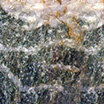
 marketing@ytxinhai.com
marketing@ytxinhai.com  0086 13810327080
0086 13810327080 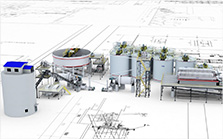
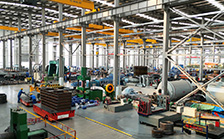
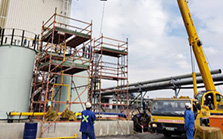

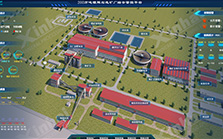
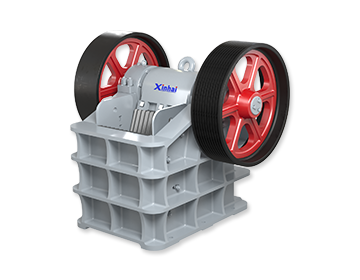
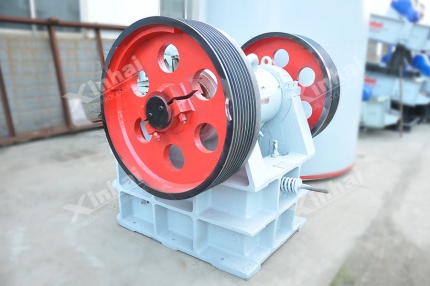

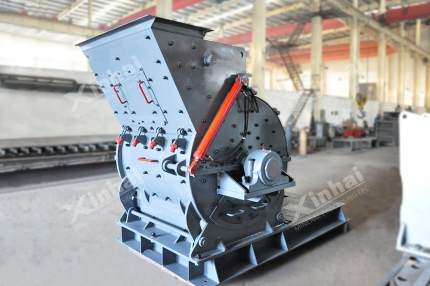
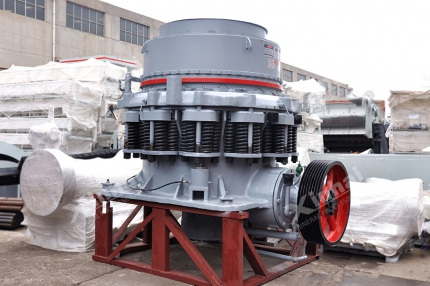
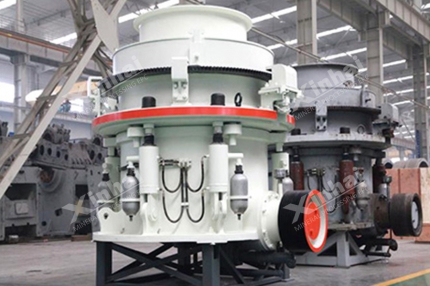
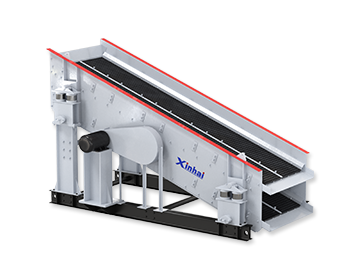
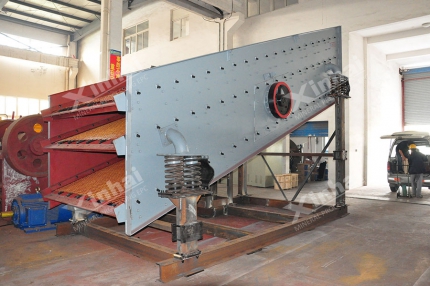
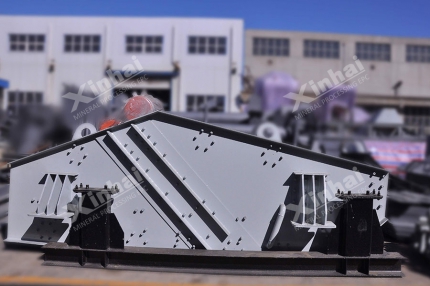
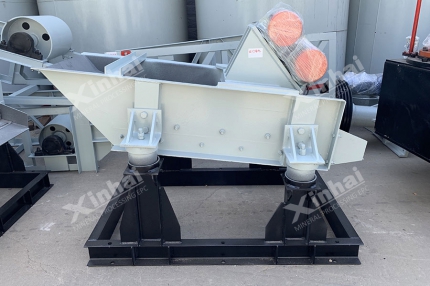
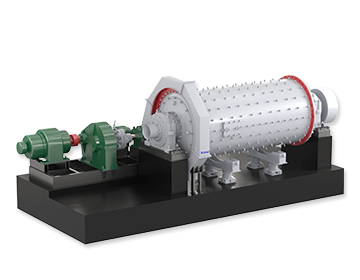
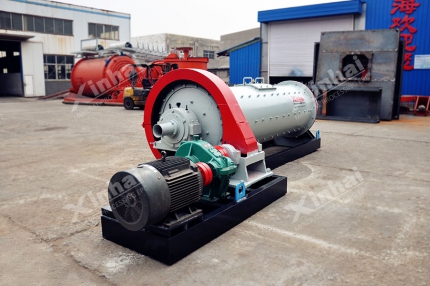
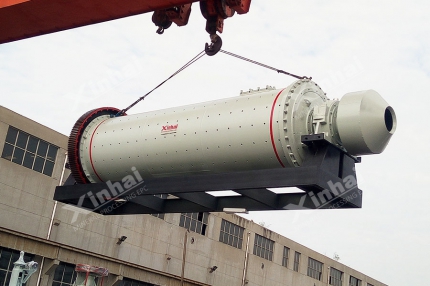
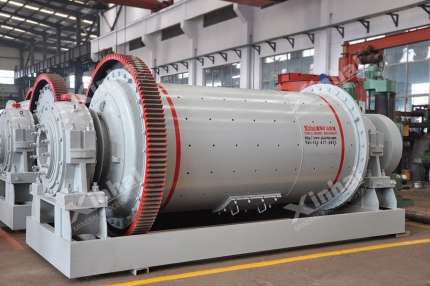
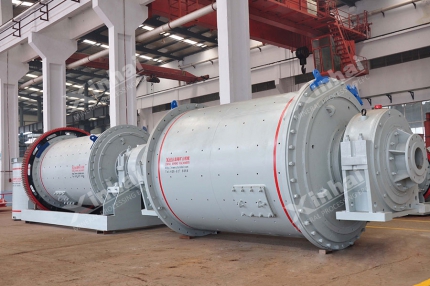
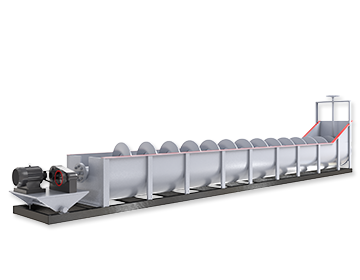
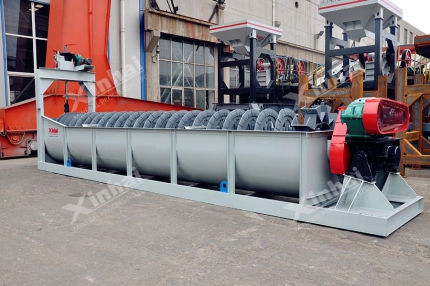
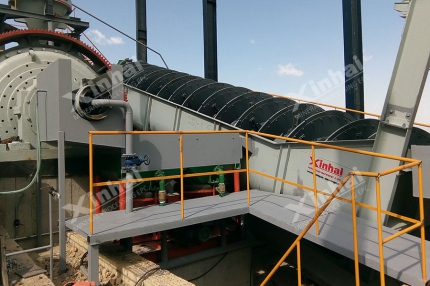
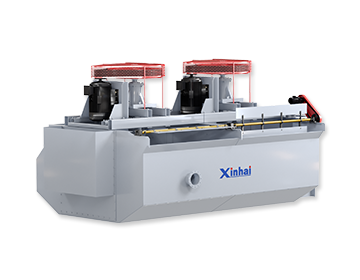
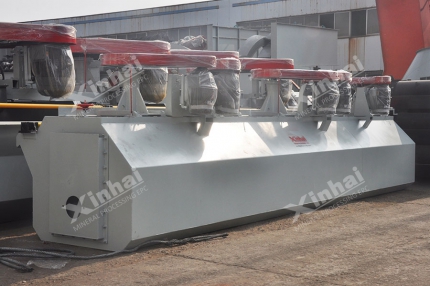
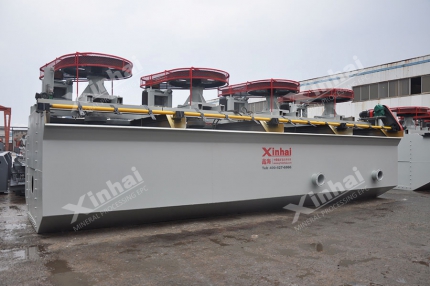
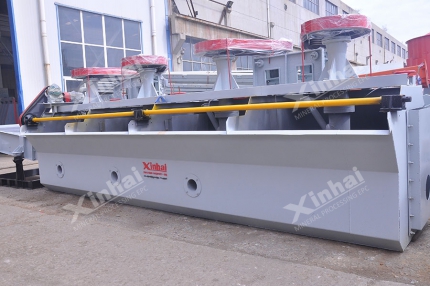
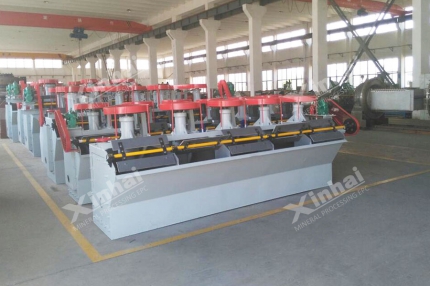
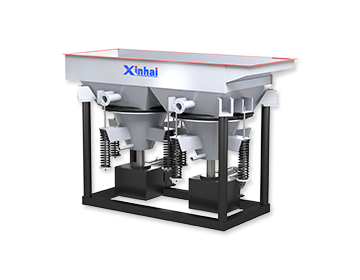
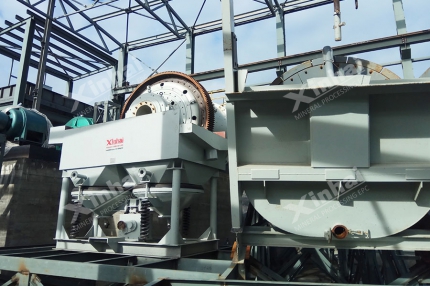
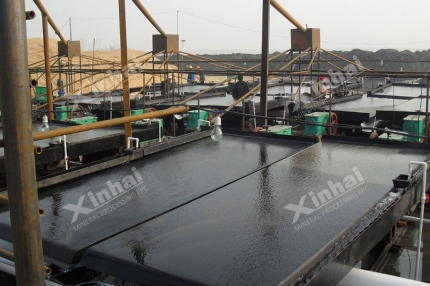
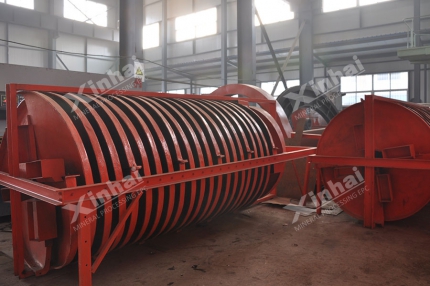
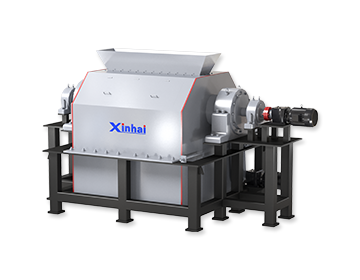
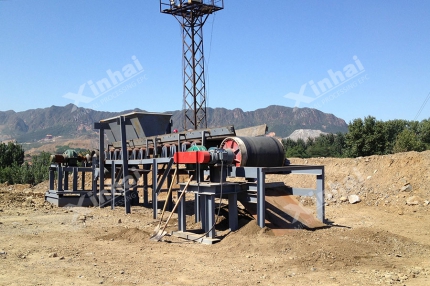
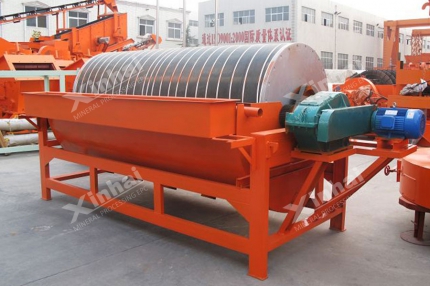
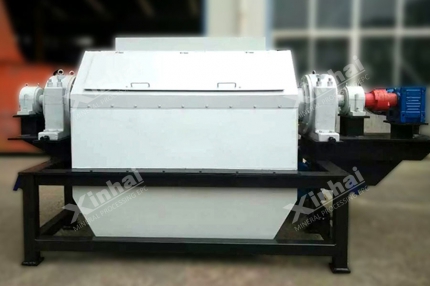
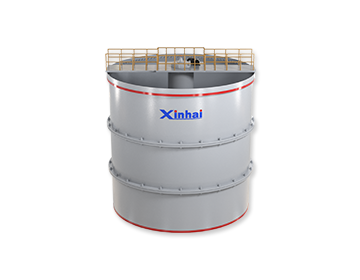
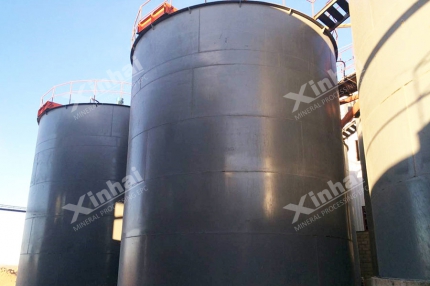
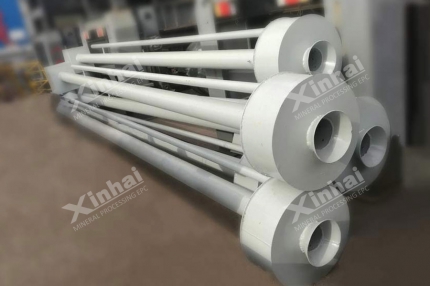
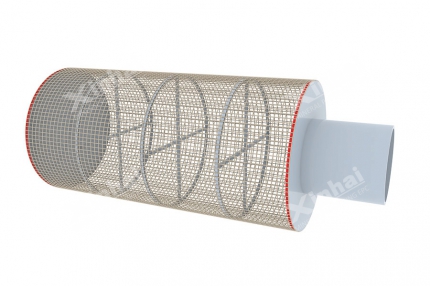
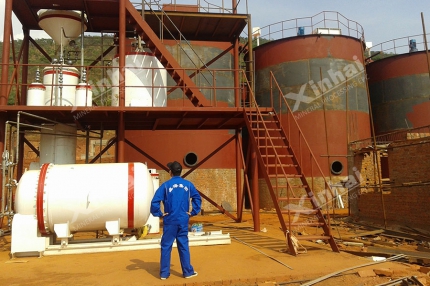
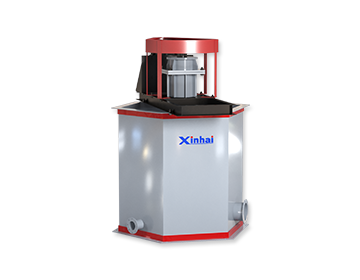
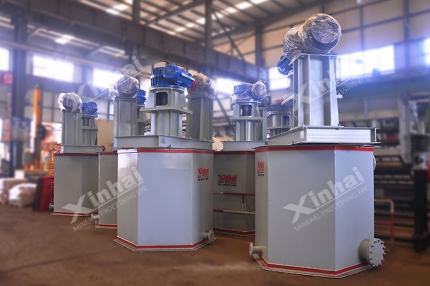
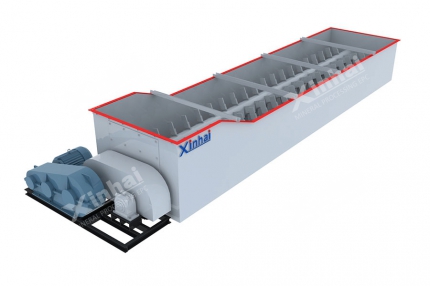
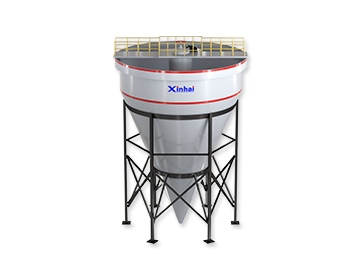
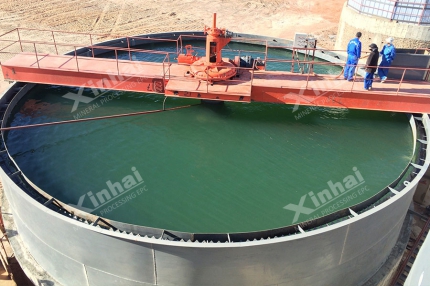
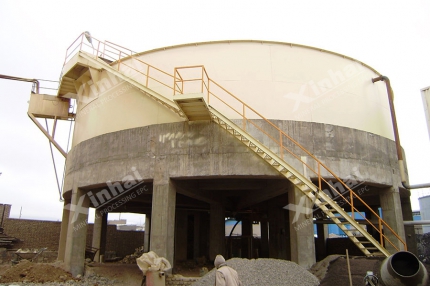
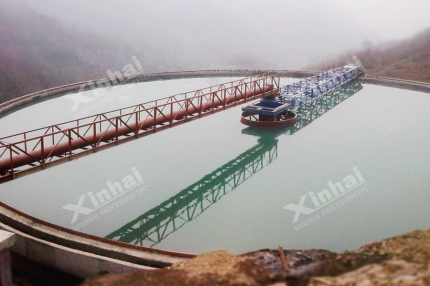
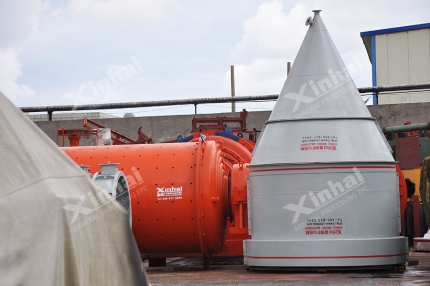
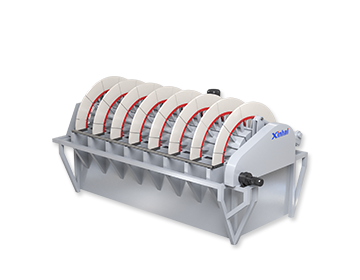
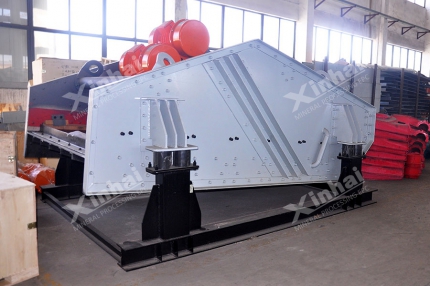
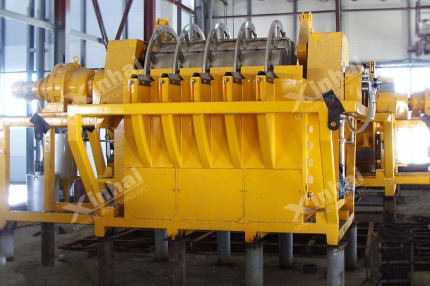
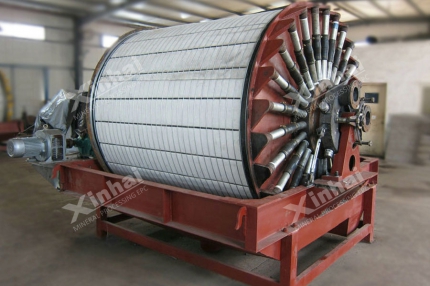
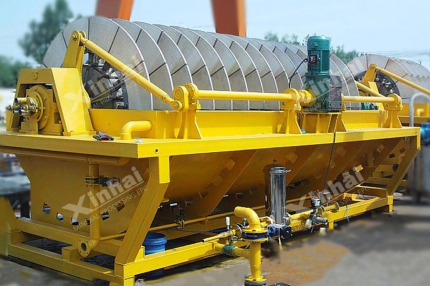
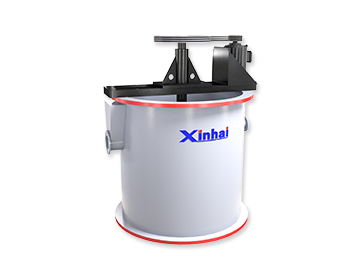
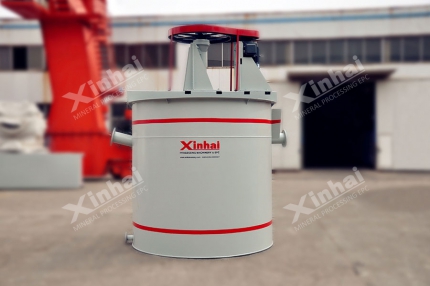
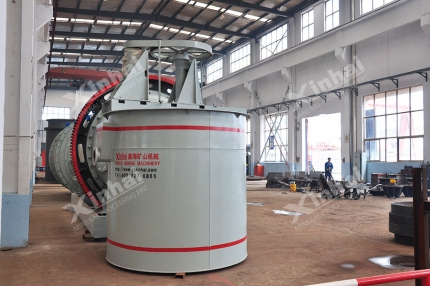
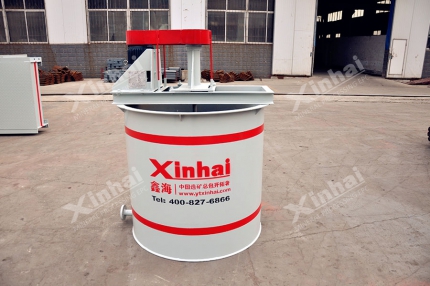
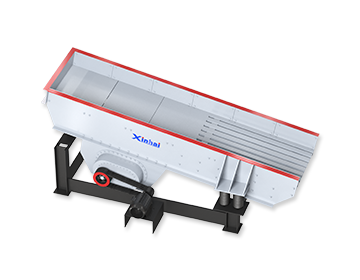
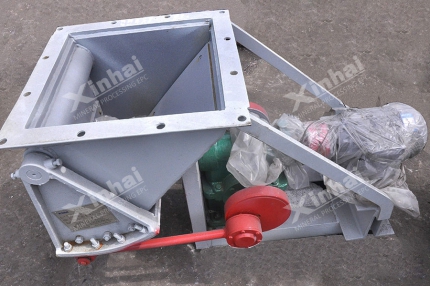
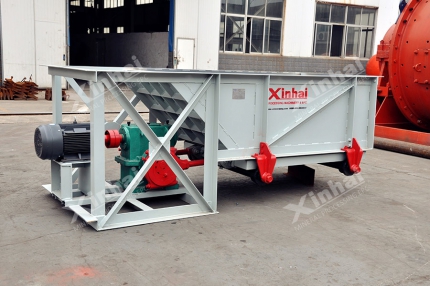
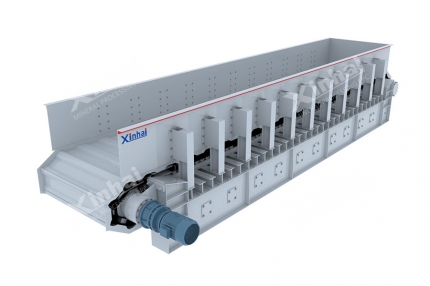
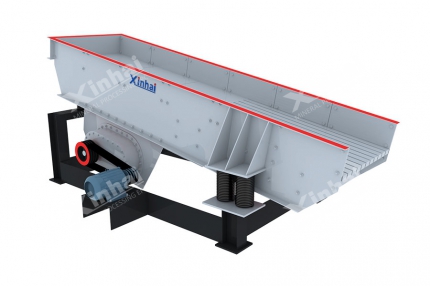
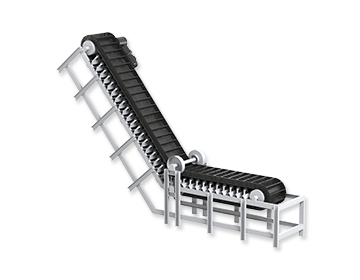
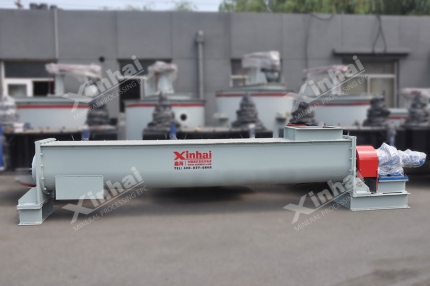
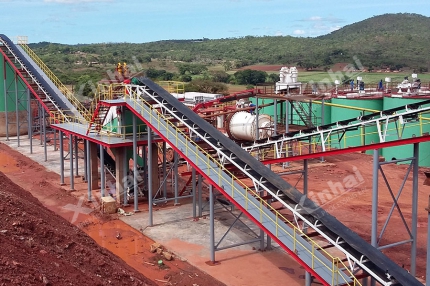
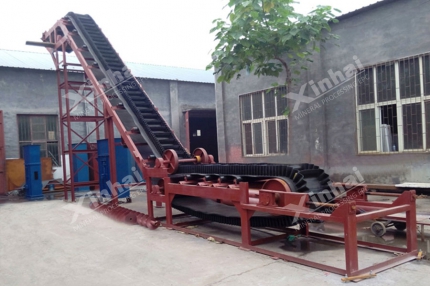
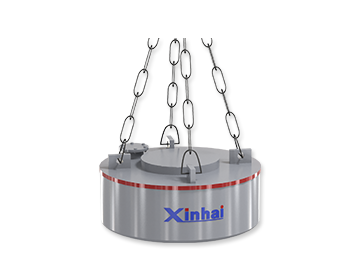
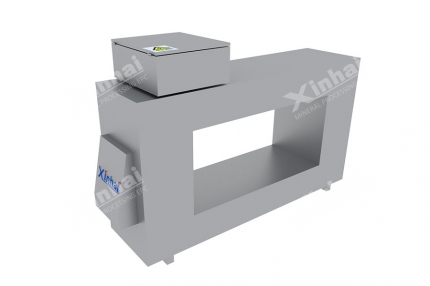
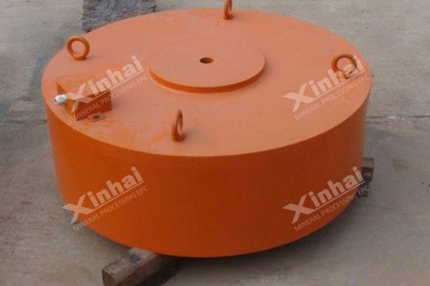
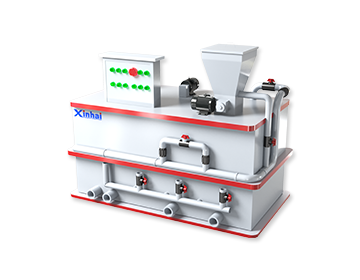
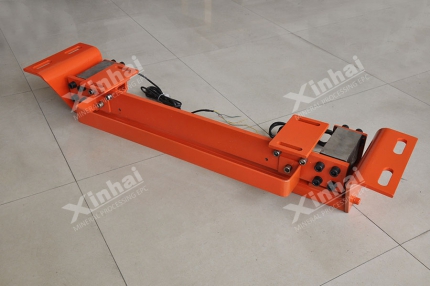
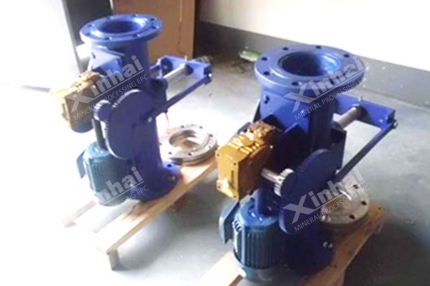
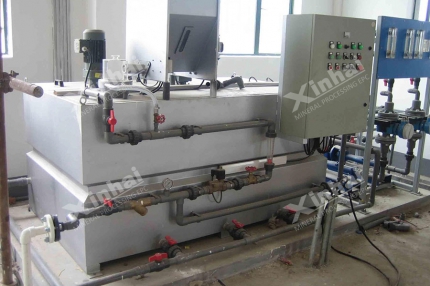
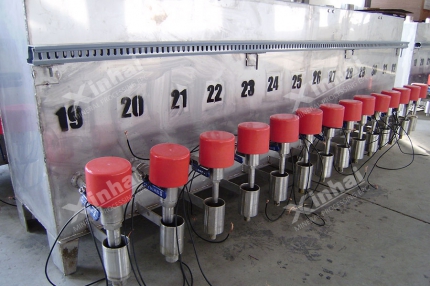
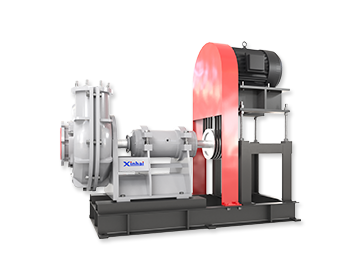
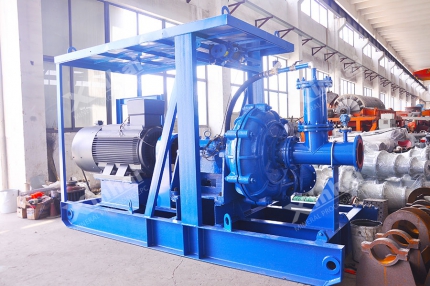
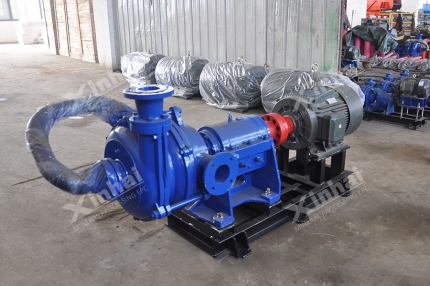
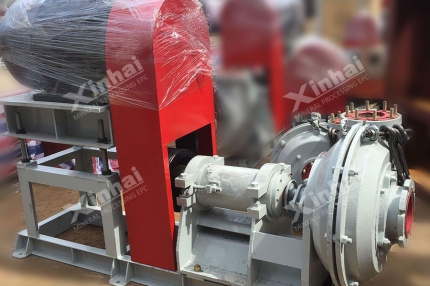
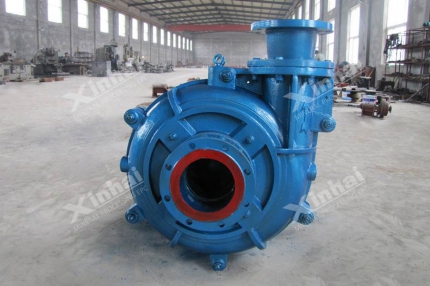
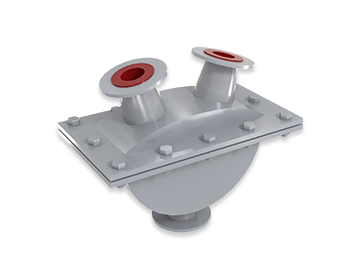
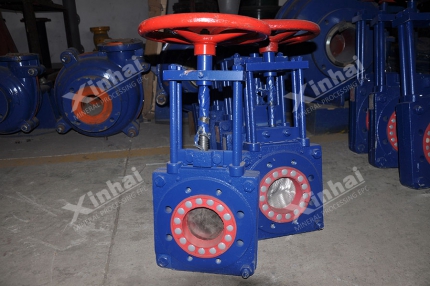
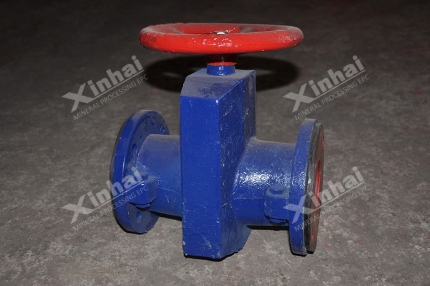
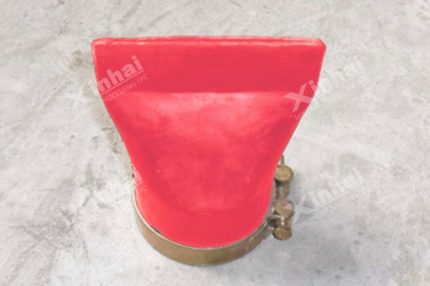
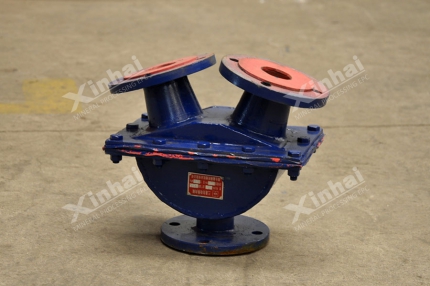
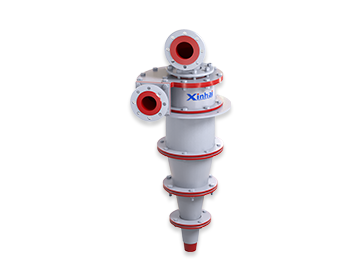
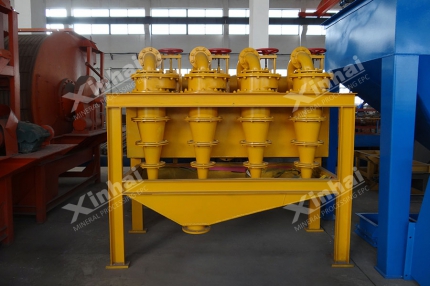
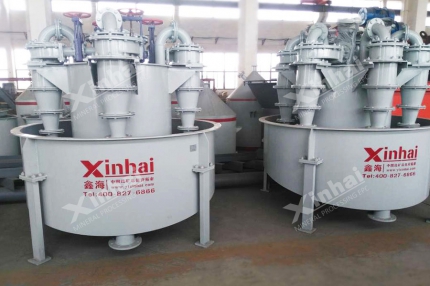
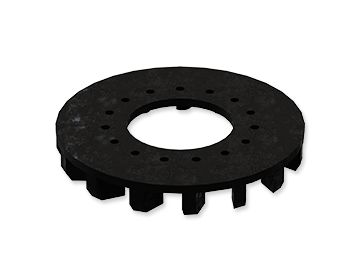
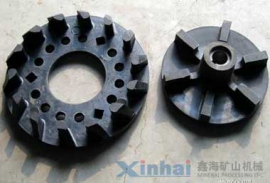
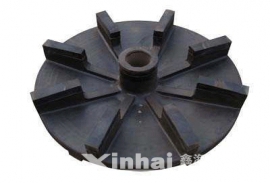
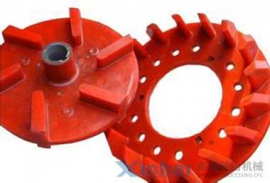
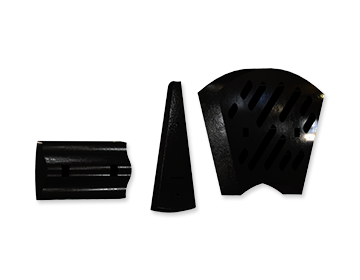
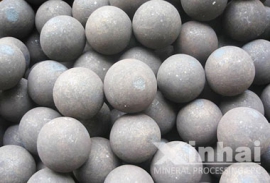
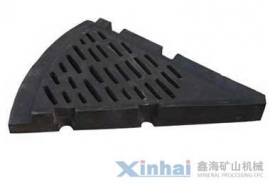
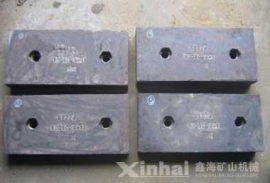
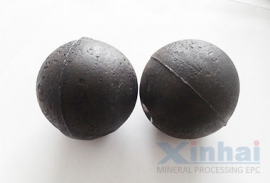
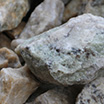
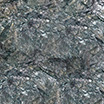
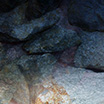
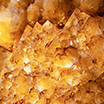


 CHAT
CHAT MESSAGE
MESSAGE


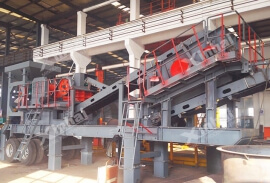
.jpg)

